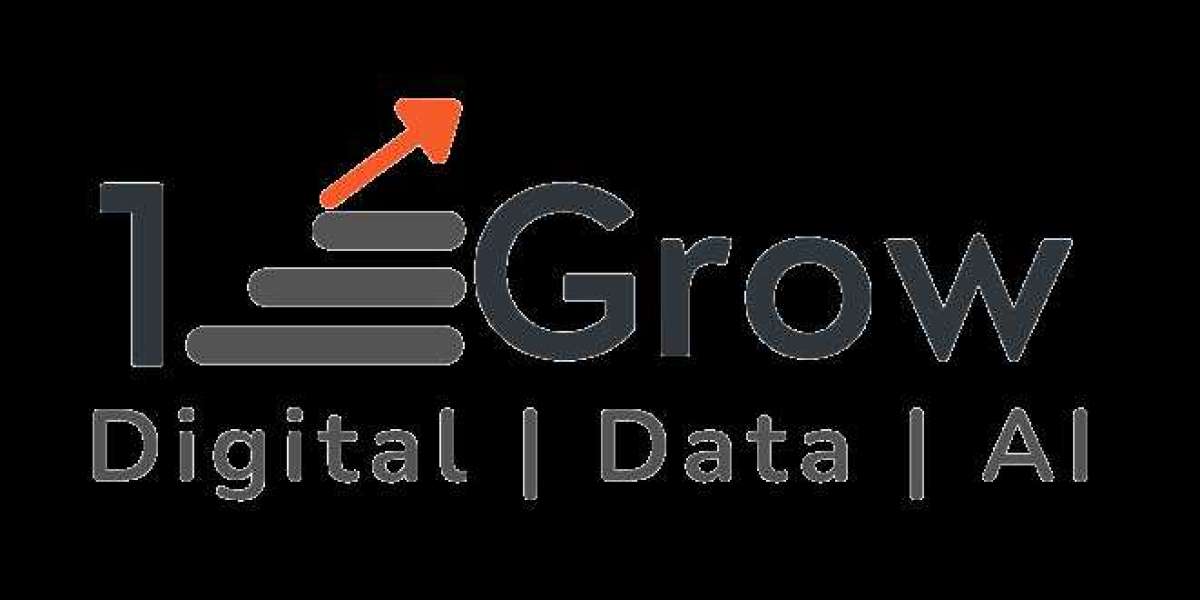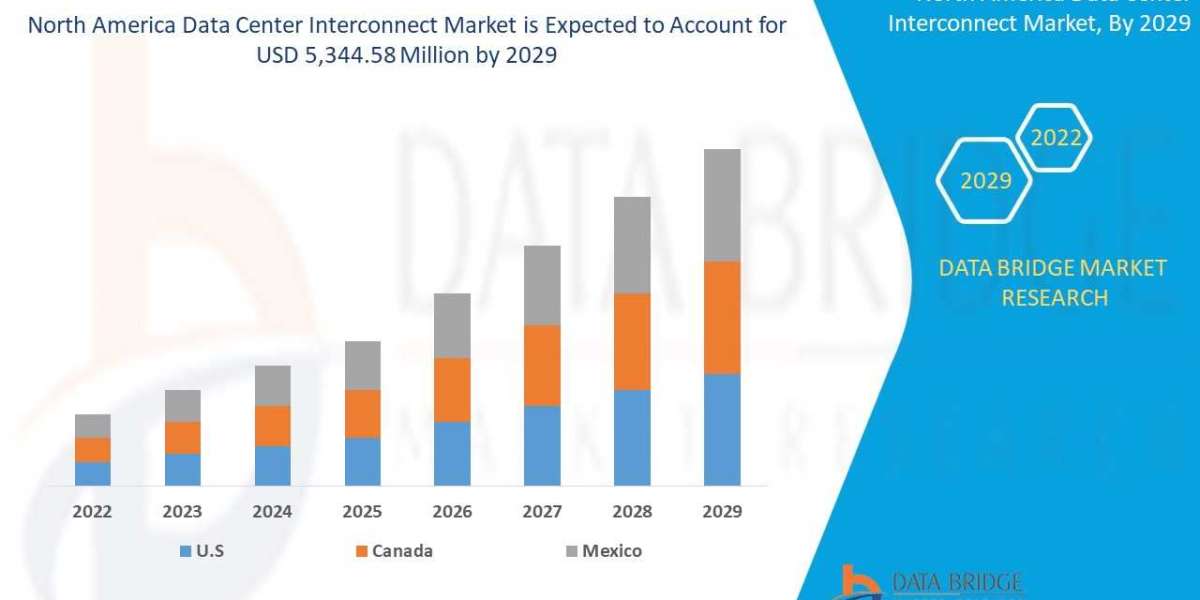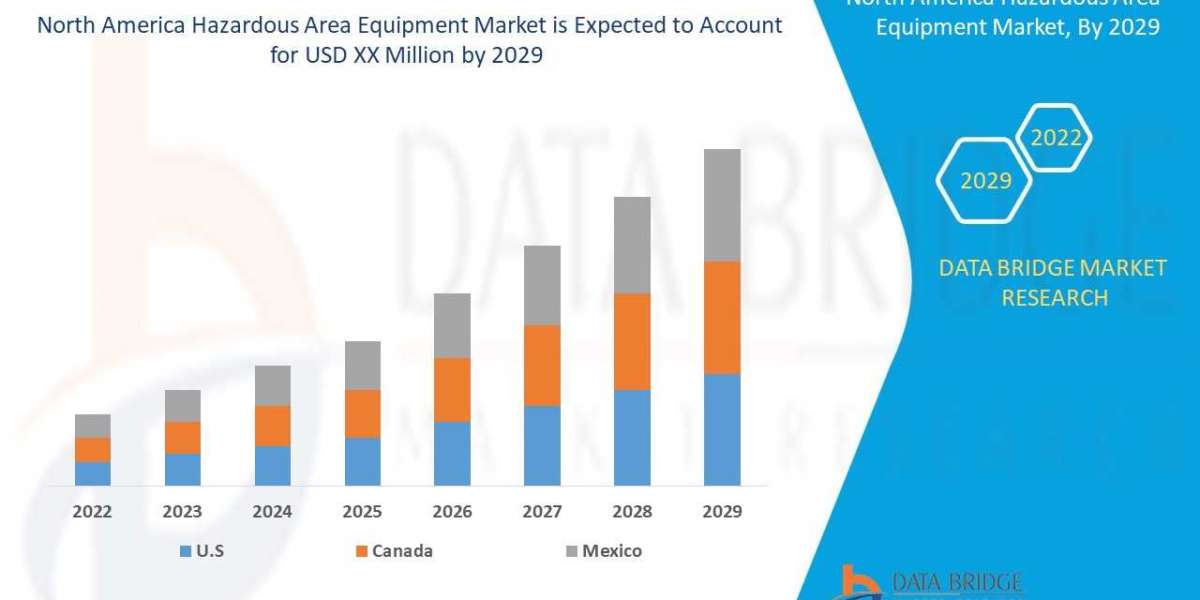In the rapidly evolving landscape of modern business, data has emerged as a crucial asset that drives decision-making processes across various industries. One field that has particularly embraced the power of data is marketing. Leveraging data science techniques, marketers can gain valuable insights into customer behavior, preferences, and trends. Among the many applications of data science in marketing, one of the most important is predicting customer churn rates.
Understanding Customer Churn
Customer churn, also known as customer attrition, refers to the phenomenon where customers discontinue using a company's products or services. Churn can have significant financial implications for businesses, as acquiring new customers can be more expensive than retaining existing ones. Thus, accurately predicting and mitigating customer churn is a crucial aspect of maintaining a healthy customer base and maximizing revenue.
The Role of Data Science
Data science involves the extraction of knowledge and insights from data using various techniques, including machine learning and statistical analysis. When applied to marketing, data science enables marketers to make informed decisions based on patterns and trends hidden within large datasets. Predicting customer churn is a classic example of how data science can be employed to tackle a real-world marketing challenge.
Customer Churn Prediction Process
- Data Collection:
To build an effective churn prediction model, a diverse set of data is collected. This data can include customer demographic information, purchase history, engagement metrics, customer service interactions, and more. The larger and more comprehensive the dataset, the better the model's predictive capabilities.
- Data Preprocessing:
Raw data is often messy and inconsistent. Data preprocessing involves cleaning and transforming the data into a suitable format for analysis. This step might include dealing with missing values, handling outliers, and encoding categorical variables.
- Feature Selection and Engineering:
Feature selection involves choosing the most relevant attributes from the dataset that can contribute to predicting churn. Feature engineering, on the other hand, involves creating new features from the existing ones to enhance the model's performance. For instance, deriving a "customer engagement score" from various interaction metrics can provide valuable insights into a customer's likelihood of churning.
- Model Selection:
Choosing the right machine learning algorithm is pivotal for accurate churn prediction. Common algorithms used for this task include logistic regression, decision trees, random forests, and neural networks. The choice depends on the complexity of the data and the desired level of interpretability.
- Training and Validation:
The selected model is trained using historical data where churn outcomes are known. The model's performance is then evaluated using validation techniques like cross-validation to ensure it can generalize well to new, unseen data.
- Prediction and Action:
Once the model is trained and validated, it can predict which customers are at a higher risk of churning. Businesses can then take proactive measures to retain these customers, such as targeted marketing campaigns, personalized offers, or improved customer support.
Benefits of Churn Prediction in Marketing
Cost Savings: Acquiring new customers is more expensive than retaining existing ones. Predicting and preventing churn can significantly reduce the resources needed for constant customer acquisition efforts.
Personalized Marketing: Churn prediction models provide insights into customer behavior. This information can be used to tailor marketing strategies and offers to individual customers, increasing the likelihood of customer retention.
Improved Customer Experience: By identifying at-risk customers early, businesses can address their concerns and issues promptly, enhancing overall customer satisfaction.
Revenue Optimization: Retaining a higher percentage of customers directly impacts a company's bottom line, leading to increased revenue and long-term growth.
Future Directions
As technology continues to advance, the field of data science in marketing is poised to undergo even more significant transformations. The integration of AI-driven analytics, real-time data streams, and enhanced predictive models will enable businesses to not only predict churn but also respond to it in real-time.
In conclusion, customer churn prediction exemplifies the power of data science in marketing. By harnessing the insights hidden within vast datasets, businesses can anticipate customer behavior, optimize their marketing strategies, and foster long-lasting customer relationships. As the digital landscape evolves, the role of data science in marketing will only become more integral to achieving success in the business world. Our success depends on it. Make a difference in the fight against evolution change with 1stepGrow Advance Data Science and Artificial Intelligence Course. This comprehensive program arms learners with cutting-edge tech tools, Real-world projects, interactive coursework, and personalized career support provide a hands-on learning experience, preparing you to be an active force of change. Not just that, but you will also receive unlimited job referrals from the 1stepGrow team to get you ample opportunities to get placed in one of the top MNC’s.







